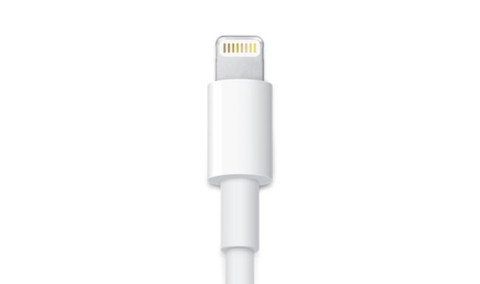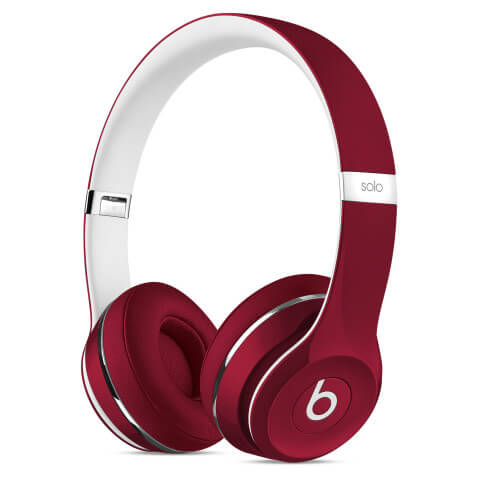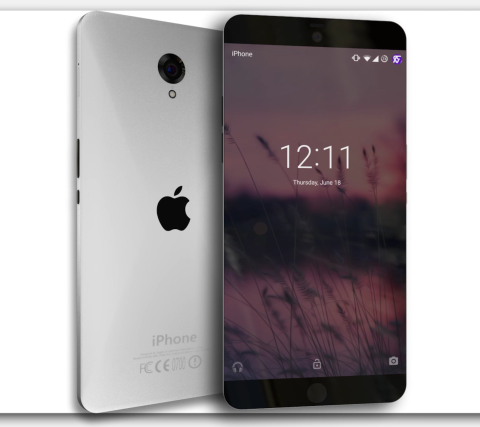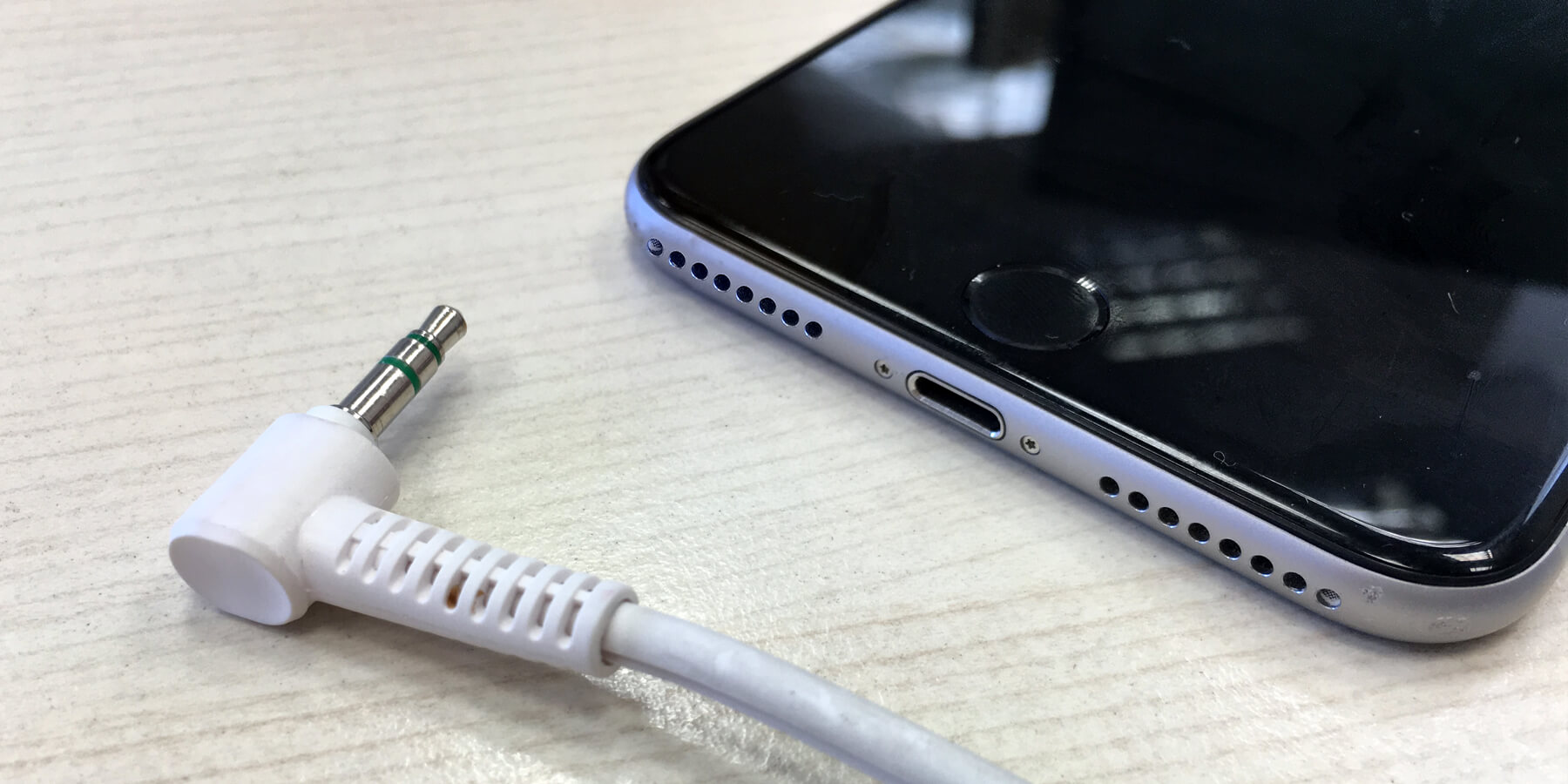It’s heavily rumored that Apple will remove the 3.5mm headphone jack when it releases the next iPhone this Fall. If true, what kind of knock-on effect will it have on users, and do the benefits outweigh the disadvantages?
According to multiple reports, Apple no longer sees the value in traditional wired headphones. The company is said to be removing the headphone jack completely from the upcoming iPhone 7, in favor of an all-in-one Lightning connector which would handle audio output in addition to its existing duties.

Apple wants to make the Lightning port a jack of all trades
Apple seem keen to follow the blueprint set out by the new one-port MacBook which debuted last year to a mix of awe and indignation. (“One port for everything? How do you multitask? Oh, with a bulky $79 adapter – of course.”) The company’s design team, headed by the brilliant but uncompromising Sir Jony Ive, is notorious for trimming the fat from its designs – and then some. The pursuit of a thinner, lighter iPhone at all costs likely won’t stop until we see an iDevice that exists in just two dimensions, with zero ports.
Of course, Apple has a history of ditching aging-but-popular technologies: there was outcry back in 1998 when the floppy disk drive was unceremoniously dumped with the introduction of the iMac, and similar bewilderment when bulky CD/DVD drives were phased out with the launch of the MacBook Air a decade later. Each time, though, the wounds quickly healed and we moved onto better technologies.
By comparison, the classic headphone jack is positively ancient: the basic technology was first used as far back as the 19th century for telephone switchboards, while the more recognizable 3.5mm connector has been around for decades, originally being produced for use with transistor radios. Apple clearly think that with modern technology we can make something better – but if it ain’t broke, why fix it?

Can Apple improve on this technology?
People are clearly not happy about the possible loss of this beloved port – an outraged petition demanding Apple change its mind has garnered well over 200,000 signatures. The public has been quick to slam Apple for its (alleged) decision, but are there overlooked benefits to ditching the headphone jack? Let’s take a look at both sides of the argument.
The case against Apple
The biggest and most obvious drawback to removing the headphone port is simple: pretty much all existing headphones, countless millions worldwide, will no longer plug straight into an iPhone. This is a big deal, especially for those who have shelled out hundreds of dollars for top tier headphones.
Apple will encourage audio companies to follow its MFi (Made For iPhone) scheme by making bespoke Lightning-enabled headphones. Expecting everyone to buy a new pair of headphones is a big ask, and even if you don’t mind the spending there are other disadvantages to consider. Like the fact that your fancy new Lightning headphones will only work with an iPhone or iPad, and vice versa.

Even your Apple-owned Beats headphones may not be compatible
Want to borrow a friend’s headphones or plug into the sound system at a party? Too bad! Lightning-to-3.5mm adapters will surely be released, but that’s just more tech to buy and store. Too big and the adapter will turn your iPhone into an eyesore (or should that be iSore?), too small and it’ll be easily lost. Not to mention the fact than an official adapter won’t be cheap – existing Lightning adapters from Apple range in price from $29 to $49. That’s a lot just to be able to plug something in.
Adapter or not, wired headphones will now have to connect via the Lightning port – which means it’ll no longer be possible to listen to music while charging an iPhone. This could be a problem for a lot of people, especially if Apple does nothing to improve the battery life in the iPhone 7.
To render so much technology essentially obsolete in one fell swoop is almost criminal: it will encourage wastefulness, unnecessary spending and it will inconvenience millions. How can you argue with that?
In defence of Apple
Apple has yet to officially weigh in on the debate, and we likely won’t hear its opinion properly until the new iPhones are unveiled in (presumably) September. In the meantime, though, we can think of a good few reasons Apple would want to pull the plug on everyone’s favorite plug.
First and foremost, getting rid of a bulky 3.5mm port would allow Apple to make the next iPhone even thinner – reports suggest a thickness of 6.1mm, the same as the latest iPod Touch. Many iPhone users claim not to care about the depth of their device, but with internal space at a premium, losing the headphone jack could free up space for other components. Bigger battery, anyone?
Don’t forget that the headphone jack is longer than it is wide, and removing it may pave the way for Apple to extend the screen down much closer to the lower edge of the device. Many expect Apple to lose the bezel and increase the screen size in the next few years. This would be a lot more achievable without a thick metal socket protruding 14mm into the bottom of the handset.

Bezel-free iPhone mockup by ConceptsiPhone
Losing an exposed port would also help with any attempts to waterproof the iPhone – something Apple is rumored to be trying to do with its next generation handset. The Apple Watch is (unofficially) pretty damn waterproof, made possible by its complete lack of openings. It’s also rumored that Apple will introduce wireless charging with the iPhone 7, which would resolve the problem of simultaneous charging and listening.
One of the biggest concerns over this change is that users will have to buy new sets of headphones, but that’s unlikely to be the case for most. Apple has a long history of bundling its standard wired EarPods with each iPhone, and it’s overwhelmingly likely that a new iPhone without a traditional headphone jack would come with a free pair of Lightning-enabled EarPods. For those attached to a favorite old pair of headphones, an adapter may be a mandatory purchase – but it won’t be necessary to throw anything away.
Final judgment
The situation isn’t too dissimilar from when Apple upgraded the old 30-pin connector used in its iPhones to the smaller, more capable Lightning port. People were mad then at the thought of buying new accessories and adapters, but we’ve come out the other side relatively unscathed.
The inclusion of a new pair of Lightning headphones with every iPhone will stop users being stuck without compatible equipment, and if Apple decides to package a free Lightning-to-3.5mm adapter with every sale too it would go a long way towards dispelling the bubbling discontent currently frothing from the internet.
All of this is not to mention that BlueTooth headphones have been gradually becoming better, cheaper and more viable alternatives to wired headphones. Going wireless will sidestep most of the concerns outlined earlier, and Apple clearly sees the BlueTooth revolution as an imminent inevitability. They may be comfortingly familiar, but nobody actually likes wires, right?
Ultimately, this move will be a short term pain for many, and arguably it’s coming a little too soon – but if Apple’s design team are right it could pave the way for bigger and better things further down the line. Give it a few years and you probably won’t even remember what a wire was.
Does the iPhone really need a headphone jack? We analyze Apple’s single-port iPhone 7 plans: https://t.co/DzBGNl1xy9 pic.twitter.com/a4aFot2C7N
— TapSmart (@TapSmart) January 14, 2016

